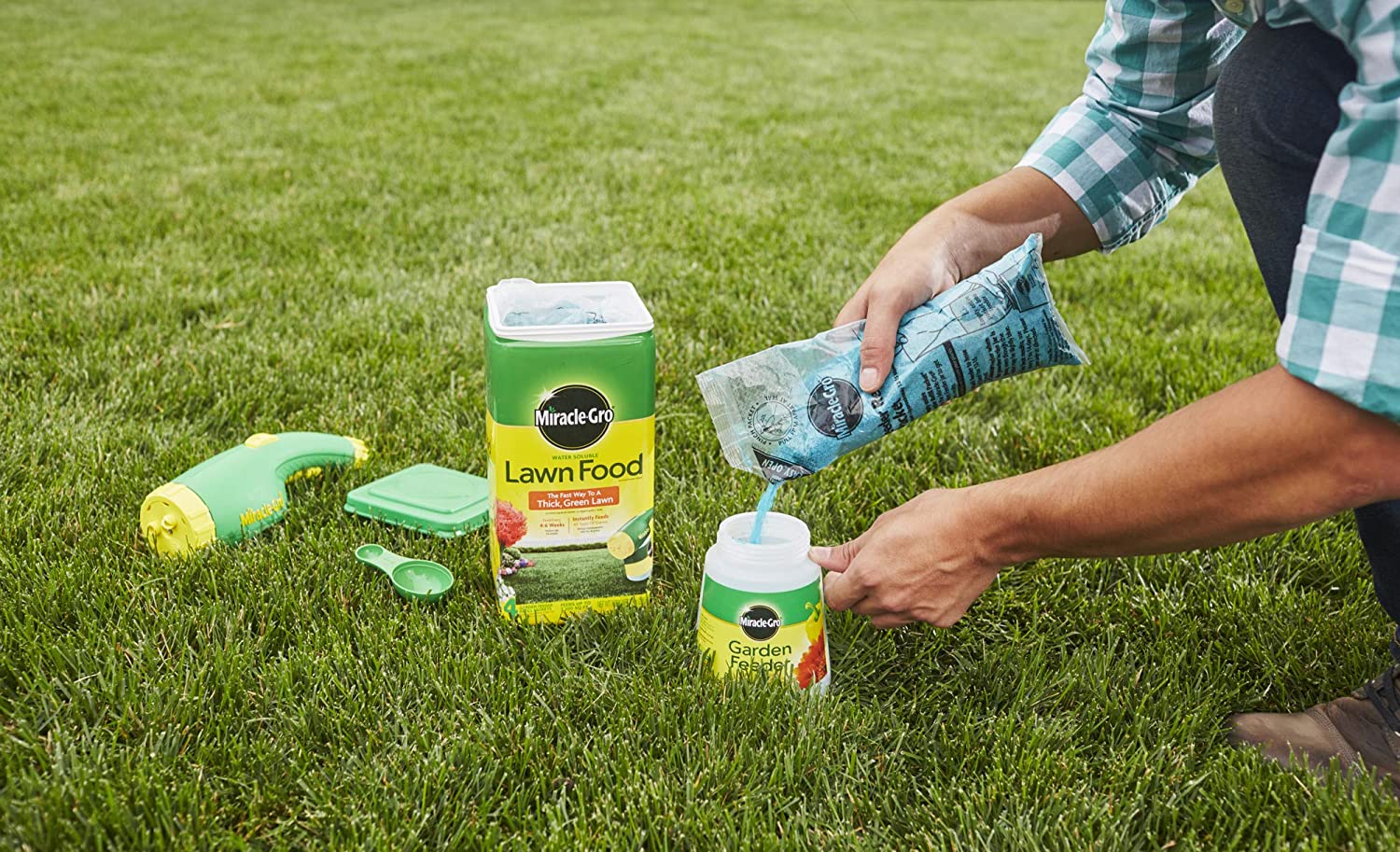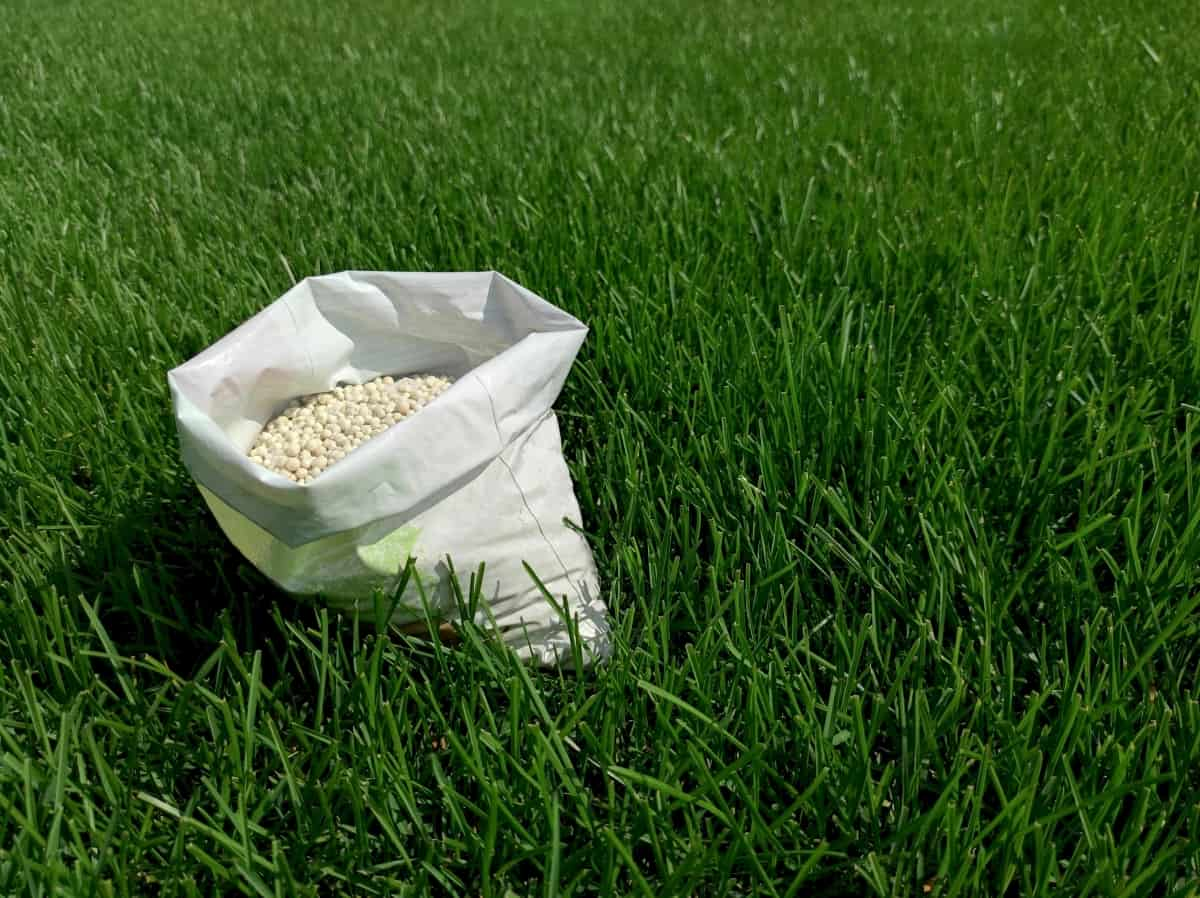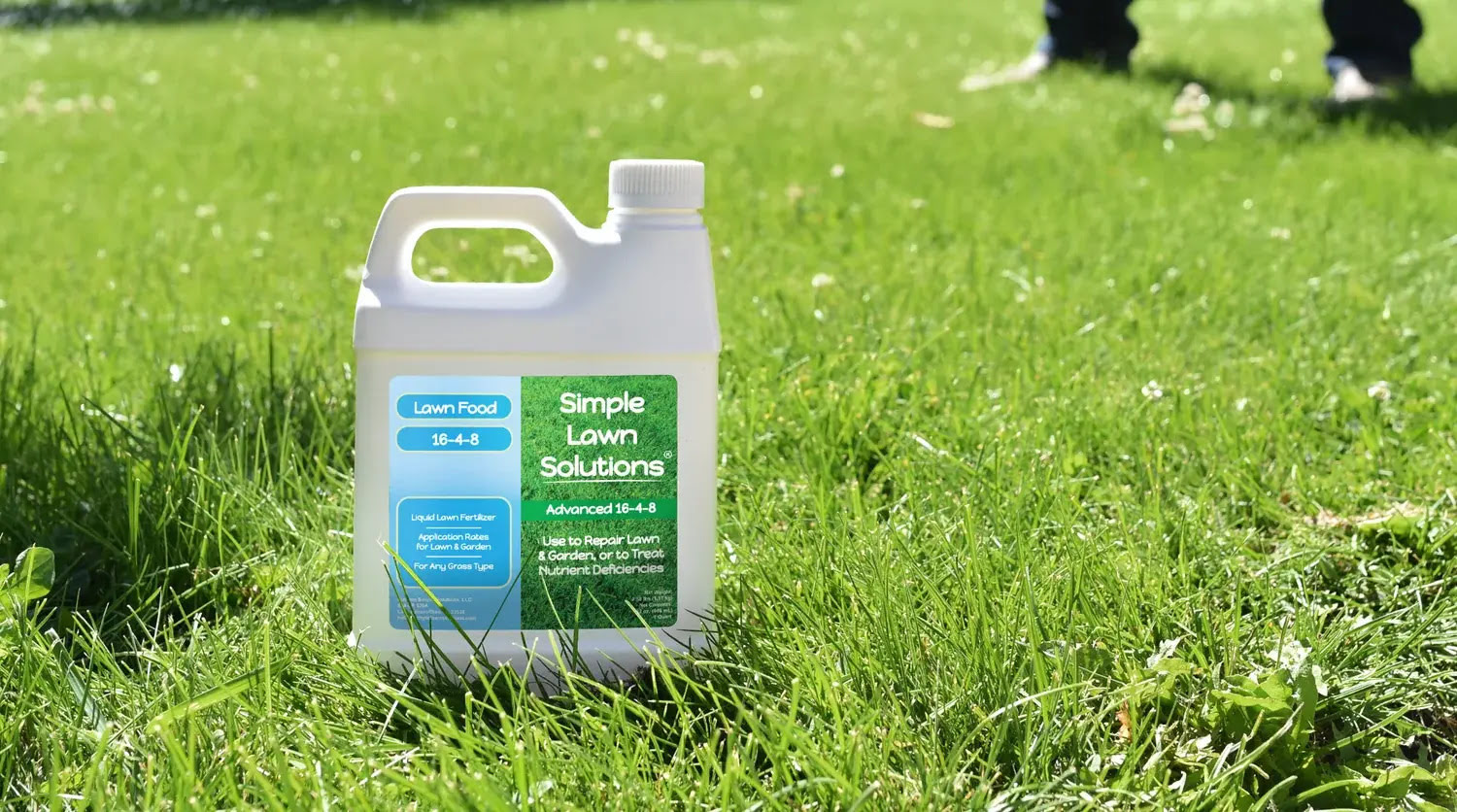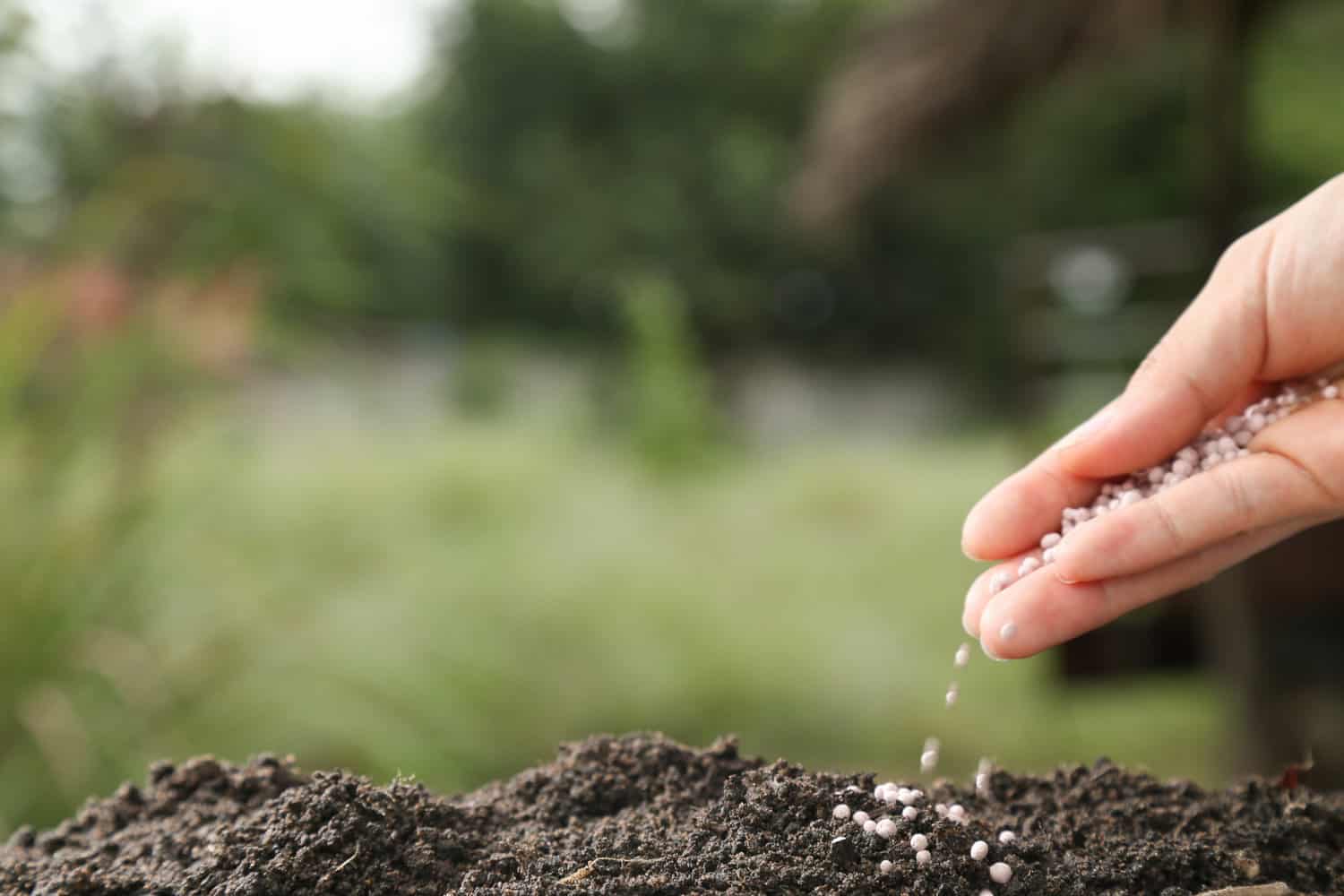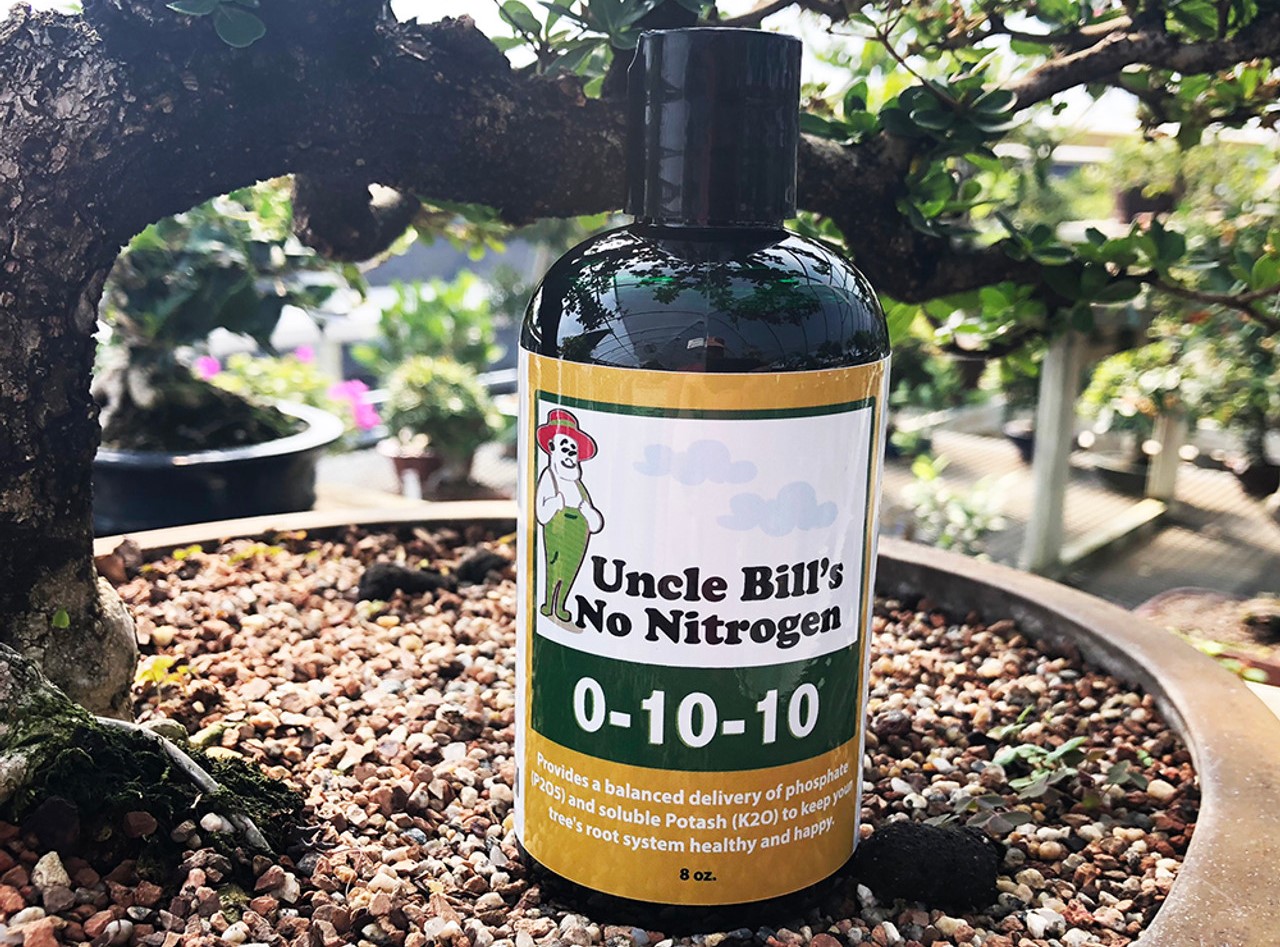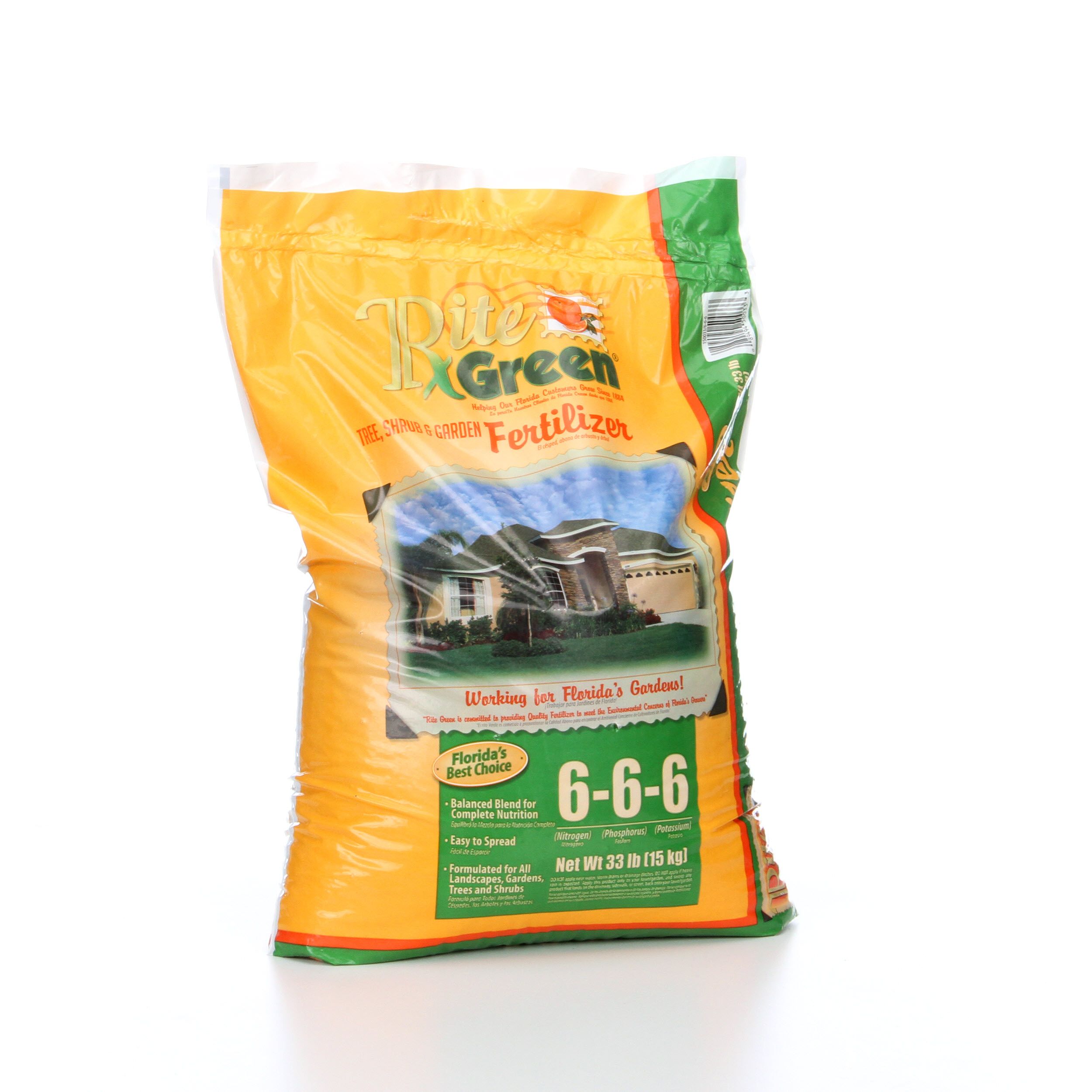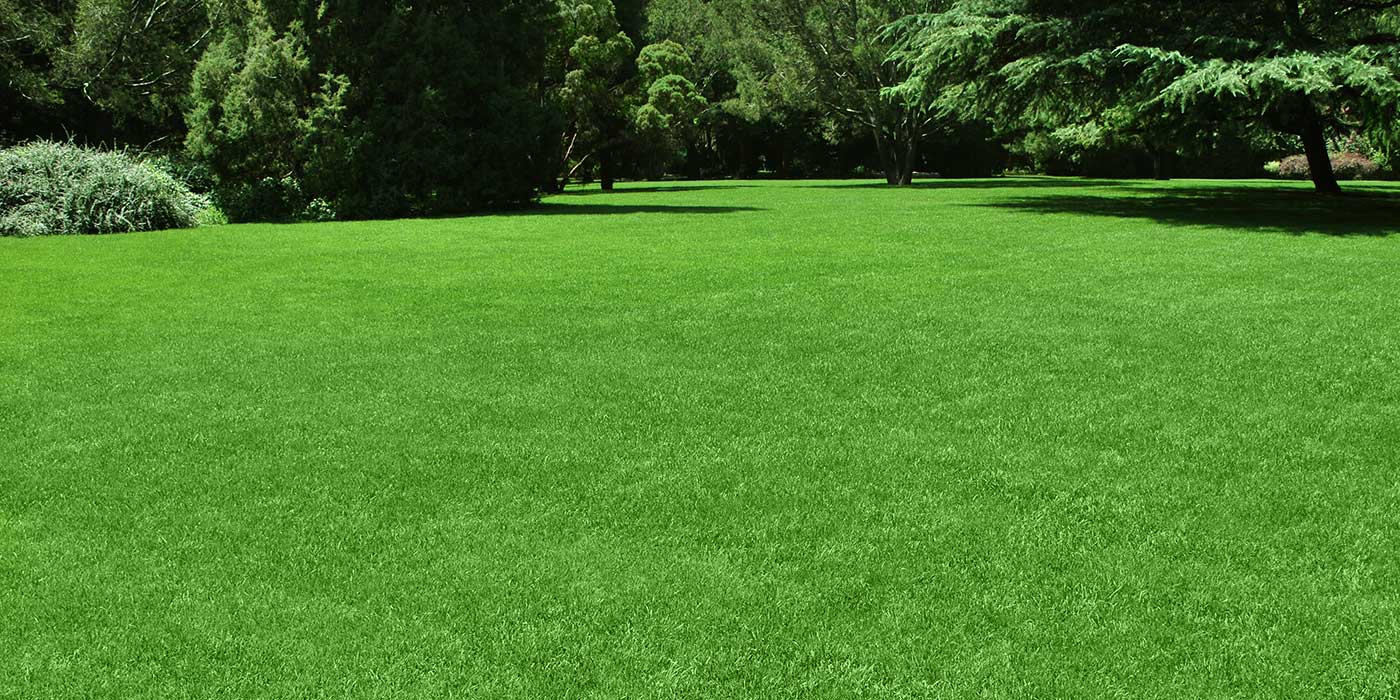Home>Types of Gardening>Ornamental Gardening>What Is A Good Fertilizer For Zoysia Grass
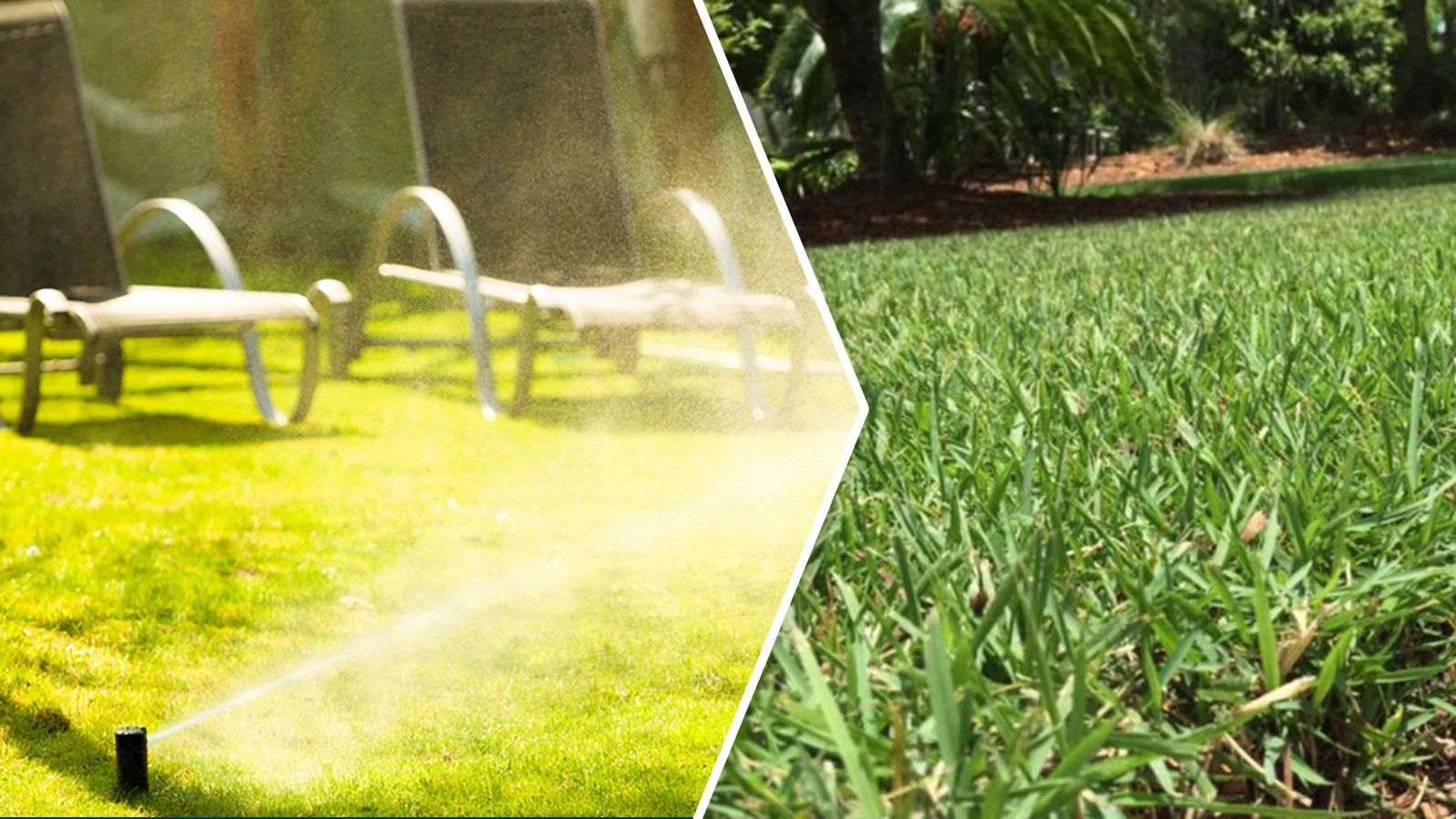

Ornamental Gardening
What Is A Good Fertilizer For Zoysia Grass
Modified: January 22, 2024
Looking for the perfect fertilizer for your Zoysia grass? Discover essential tips and expert advice on Ornamental Gardening for achieving lush, healthy greenery.
(Many of the links in this article redirect to a specific reviewed product. Your purchase of these products through affiliate links helps to generate commission for Chicagolandgardening.com, at no extra cost. Learn more)
Table of Contents
- Introduction
- Importance of Choosing the Right Fertilizer for Zoysia Grass
- Factors to Consider When Selecting a Fertilizer
- Nutrient Requirements of Zoysia Grass
- Best Types of Fertilizers for Zoysia Grass
- Organic Fertilizer Options for Zoysia Grass
- Synthetic Fertilizer Options for Zoysia Grass
- Tips for Applying Fertilizer to Zoysia Grass
- Common Mistakes to Avoid When Fertilizing Zoysia Grass
- Conclusion
Introduction
Ornamental gardening is a delightful pursuit that allows individuals to create beauty and tranquility in their outdoor spaces. One key aspect of successful ornamental gardening is the use of suitable fertilizers to nourish and enhance the health of plants. Among the various ornamental grasses used in gardens, zoysia grass stands out for its lush, dense growth and exceptional tolerance to heat and drought.
Choosing the right fertilizer for your zoysia grass is crucial to ensure its optimal growth and vitality. A well-balanced fertilizer not only provides essential nutrients but also improves the soil structure, enhances root development, and helps the grass withstand environmental stressors.
In this comprehensive guide, we will explore the factors to consider when selecting a fertilizer for zoysia grass, the nutrient requirements of this grass variety, and the best types of fertilizers to use. Whether you prefer organic or synthetic fertilizers, we will provide you with options that suit your gardening style. Additionally, we will share essential tips for applying fertilizer effectively and highlight common mistakes to avoid.
By following this guide, you will be equipped with the knowledge to make informed decisions about fertilizing your zoysia grass, ultimately leading to a thriving and visually stunning garden. So, let’s dive in and explore the world of effective fertilization for zoysia grass!
Importance of Choosing the Right Fertilizer for Zoysia Grass
When it comes to growing healthy and vibrant zoysia grass, choosing the right fertilizer is of paramount importance. A well-selected fertilizer can provide the necessary nutrients that zoysia grass needs to thrive, ensuring optimum growth and lush greenery. Let’s explore why selecting the right fertilizer is crucial for the success of your zoysia grass garden.
1. Nutrient Requirements: Zoysia grass has specific nutrient requirements to maintain its health and vigor. It needs a balanced blend of nitrogen (N), phosphorus (P), and potassium (K), along with other micronutrients. Fertilizers formulated specifically for zoysia grass will contain the ideal balance of these nutrients, promoting robust growth and a dense turf.
2. Soil Health: Fertilizers not only provide essential nutrients directly to the grass but also improve the overall health of the soil. A healthy soil structure allows for adequate water drainage, nutrient uptake, and root development. By choosing the right fertilizer, you can enhance the soil’s fertility, texture, and pH balance, creating an ideal environment for zoysia grass to thrive.
3. Environmental Stress Resistance: Zoysia grass is known for its ability to tolerate challenging environmental conditions, such as heat, drought, and heavy foot traffic. The right fertilizer can further support this resilience by strengthening the grass’s roots and increasing its resistance to stress. Additionally, a well-fed and healthy lawn is better equipped to ward off pests, diseases, and weeds.
4. Aesthetic Appeal: One of the primary reasons for growing zoysia grass is its visual appeal. With its vibrant green color and dense growth habit, a well-fertilized zoysia lawn becomes a stunning centerpiece in any garden landscape. The right fertilizer can provide the nutrients necessary to achieve that lush, carpet-like appearance, enhancing the overall beauty of your outdoor space.
5. Cost-effectiveness: By choosing the right fertilizer and providing the appropriate nutrients, you can minimize the risk of nutrient deficiencies and subsequent lawn problems. This proactive approach can prevent the need for costly remedies and extensive lawn care, saving you time, effort, and money in the long run.
Considering these crucial aspects, it is evident that choosing the right fertilizer for your zoysia grass is essential for its overall health, resilience, and aesthetic appeal. In the following sections, we will delve deeper into the factors you should consider when selecting a fertilizer for zoysia grass, and the specific nutrient requirements that this grass variety demands.
Factors to Consider When Selecting a Fertilizer
Choosing the right fertilizer for your zoysia grass involves considering several important factors. By understanding these factors, you can make an informed decision and provide the nutrients your grass needs to thrive. Let’s explore the key factors to consider when selecting a fertilizer for your zoysia grass:
1. Nutrient Ratio: Zoysia grass requires a specific balance of nutrients for optimal growth. Look for fertilizers with a balanced ratio of nitrogen (N), phosphorus (P), and potassium (K), expressed as N-P-K on the product label. The ideal ratio for zoysia grass is generally around 3-1-2 or 4-1-2. This ratio promotes healthy leaf and shoot growth, strong root development, and overall turf vigor.
2. Slow-release vs. Quick-release: Consider whether you prefer a slow-release or quick-release fertilizer. Slow-release fertilizers gradually release nutrients over an extended period, providing a steady supply to the grass. Quick-release fertilizers, on the other hand, deliver nutrients immediately but may require more frequent applications. Slow-release fertilizers are generally recommended for zoysia grass as they prevent sudden surges of growth and reduce the risk of nutrient leaching.
3. Seasonal Requirements: Zoysia grass has varying nutrient requirements depending on the season. During the active growing season (spring and summer), the grass requires higher amounts of nitrogen for vigorous growth. Look for fertilizers formulated specifically for warm-season grasses or those labeled for spring and summer use. In fall, a fertilizer with a higher potassium content can help strengthen the grass for winter dormancy.
4. Micro and Macronutrients: In addition to the primary nutrients (N-P-K), zoysia grass also benefits from essential micronutrients such as iron, manganese, and zinc. These micronutrients promote chlorophyll production, enzyme activity, and overall plant health. Consider choosing a fertilizer that includes these micronutrients in its formulation.
5. Soil Test: Conducting a soil test is an effective way to determine the specific nutrient requirements of your zoysia grass. Soil tests help identify any deficiencies or imbalances, allowing you to select a fertilizer tailored to your lawn’s needs. Contact your local extension office or a reputable soil testing laboratory to find out how to get your soil tested.
6. Environmental Impact: Consider the environmental impact of the fertilizer you choose. Opt for fertilizers that are environmentally friendly, with reduced or no phosphorus content, to prevent water pollution. Additionally, follow proper application techniques, such as avoiding runoff into water bodies and adhering to recommended application rates.
By considering these crucial factors when selecting a fertilizer for your zoysia grass, you can provide the nutrients necessary for its health and vigor. In the next section, we will delve into the specific nutrient requirements of zoysia grass, further helping you make an informed fertilizer choice for your lawn.”
Nutrient Requirements of Zoysia Grass
Understanding the specific nutrient requirements of zoysia grass is crucial for selecting the right fertilizer and ensuring its optimum growth and health. Zoysia grass has unique needs that contribute to its lush green color and dense turf. Let’s explore the key nutrients that zoysia grass requires:
1. Nitrogen (N): Nitrogen is essential for promoting leaf and shoot growth in zoysia grass. It is responsible for the grass’s vibrant green color and overall vigor. During the active growing season, zoysia grass requires higher amounts of nitrogen to support its vigorous growth and recovery from stress. Look for fertilizers with a higher nitrogen content for spring and summer applications.
2. Phosphorus (P): Phosphorus plays a vital role in root development, energy transfer, and overall plant health. While zoysia grass does not require a high phosphorus content, a small amount is necessary, especially during establishment. Ensure the fertilizer you choose contains a balanced amount of phosphorus that supports the initial growth and root system development of zoysia grass.
3. Potassium (K): Potassium is essential for strengthening the grass’s overall health and resilience. It improves disease resistance, drought tolerance, and the grass’s ability to withstand environmental stressors. Zoysia grass requires a good amount of potassium, especially in the fall, to prepare for the winter dormancy period. Look for fertilizers with a higher potassium content for fall applications.
4. Micronutrients: Zoysia grass also requires essential micronutrients, albeit in smaller quantities, for optimal growth and health. These micronutrients include iron, manganese, zinc, and others. Although often present in the soil, they may not be readily available to the grass. Look for fertilizers that contain micronutrients or consider supplementing with a separate micronutrient product to ensure your zoysia grass receives all the necessary elements.
It is important to note that the specific nutrient requirements of zoysia grass may vary depending on factors such as soil composition, climate, and maintenance practices. Conducting a soil test can provide valuable insights into any nutrient deficiencies or imbalances, allowing you to tailor your fertilizer application accordingly.
By providing zoysia grass with the right balance of nitrogen, phosphorus, potassium, and essential micronutrients, you can promote its lush growth, vibrant color, and overall vigor. In the following sections, we will explore the best types of fertilizers for zoysia grass, including both organic and synthetic options, to help you make an informed decision for your lawn.
Best Types of Fertilizers for Zoysia Grass
When it comes to selecting the best fertilizer for your zoysia grass, there are a variety of options available. Different types of fertilizers offer unique benefits and cater to different gardening preferences. Let’s explore the best types of fertilizers for zoysia grass:
1. Organic Fertilizers: Organic fertilizers are derived from natural sources, such as compost, bone meal, manure, and seaweed. They release nutrients slowly and improve soil structure, microbial activity, and overall soil health. Organic fertilizers are environmentally friendly and provide a long-lasting, sustainable source of nutrients for zoysia grass. Look for well-balanced organic fertilizers with a mix of macro and micronutrients.
2. Synthetic Fertilizers: Synthetic or chemical fertilizers are formulated with specific nutrient ratios and are readily available to provide quick results. They offer precise control over nutrient content and are often cost-effective. Look for granular or liquid synthetic fertilizers with a balanced N-P-K ratio suitable for zoysia grass. Additionally, slow-release synthetic fertilizers can provide a constant supply of nutrients over a more extended period.
3. Controlled-Release Fertilizers: Controlled-release fertilizers, also known as coated or slow-release fertilizers, are designed to release nutrients gradually over an extended period. These fertilizers provide a consistent supply of nutrients to zoysia grass, reducing the risk of burning the grass with excessive nutrients. Controlled-release fertilizers are available in both organic and synthetic forms and offer convenience and efficiency in nutrient delivery.
4. Liquid Fertilizers: Liquid fertilizers are easy to apply and are quickly absorbed by zoysia grass. They can be sprayed directly onto the grass blades or mixed with water for application. Liquid fertilizers are available in both organic and synthetic options and provide a fast-acting source of nutrients. They are particularly effective during periods of rapid growth or when quick results are desired.
5. Seasonal Formulations: Some fertilizer brands offer seasonal formulations specifically designed for the different growth stages of zoysia grass. These formulations adjust the nutrient ratio based on the grass’s needs during each season. Look for fertilizers labeled for spring and summer use, with higher nitrogen content, or fall formulations with a focus on strengthening the grass for winter dormancy.
When choosing a fertilizer for your zoysia grass, it is crucial to consider not only the type of fertilizer but also its nutrient content, release mechanism, and compatibility with your gardening preferences. Experimenting with different fertilizers and observing how your grass responds can help you determine the most effective option for your specific lawn.
In the next sections, we will provide specific recommendations for organic and synthetic fertilizers to help you make a well-informed choice for your zoysia grass.
Organic Fertilizer Options for Zoysia Grass
Organic fertilizers are an excellent choice for maintaining the health and sustainability of your zoysia grass. These fertilizers are derived from natural sources and provide a slow-release of nutrients, enriching the soil and promoting long-term growth. Here are some organic fertilizer options that work well for zoysia grass:
1. Compost: Compost is a nutrient-rich organic fertilizer made from decomposed organic matter. It improves soil structure, enhances moisture retention, and provides a wide range of essential nutrients. Apply a thin layer of compost on the soil surface or incorporate it into the soil during spring or fall to nourish your zoysia grass naturally. Compost also promotes microbial activity, which benefits plant health.
2. Manure: Animal manure, such as cow, horse, or poultry manure, is another effective organic fertilizer for zoysia grass. It contains valuable nutrients, including nitrogen, phosphorus, and potassium. Age the manure before use to prevent burning the grass and work it into the soil or apply it as a top-dressing. Be cautious as manure from feedlots or commercial operations may contain traces of chemicals or antibiotics.
3. Fish Emulsion: Fish emulsion is a liquid organic fertilizer made from processed fish. It is rich in nitrogen, phosphorus, and micronutrients, making it an excellent choice for promoting vigorous growth in zoysia grass. Dilute the fish emulsion following the package instructions and apply it to the grass during the growing season. This quick-release fertilizer is absorbed rapidly by the grass, providing an immediate nutrient boost.
4. Alfalfa Meal: Alfalfa meal is a slow-release organic fertilizer that improves soil fertility and enriches zoysia grass with essential nutrients like phosphorus, potassium, and trace minerals. It also promotes beneficial soil microbes. Apply alfalfa meal to the soil surface and water it in thoroughly. The gradual breakdown of the meal releases nutrients over time, providing sustained nourishment to the grass.
5. Seaweed Extract: Seaweed extract is an organic fertilizer derived from seaweed and is rich in trace minerals, growth-promoting hormones, and vitamins. It enhances the overall health and resilience of zoysia grass. Seaweed extract can be applied as a liquid fertilizer, either by foliar spraying or watering it into the soil. Regular application helps improve the grass’s tolerance to drought, heat stress, and disease.
When using organic fertilizers, it is important to follow package instructions for application rates and frequencies. Remember that organic fertilizers may take longer to show results compared to synthetic alternatives, but they contribute to the long-term health and sustainability of your zoysia grass. By choosing organic options, you can reduce the impact on the environment and create a more natural and vibrant lawn.
In the next section, we will explore synthetic fertilizer options for zoysia grass, providing you with additional choices to consider for maintaining the vitality of your lawn.
Synthetic Fertilizer Options for Zoysia Grass
Synthetic fertilizers offer a convenient and efficient way to provide essential nutrients to your zoysia grass. These fertilizers are formulated with precise nutrient ratios to promote rapid growth and vibrant color. Here are some synthetic fertilizer options that work well for zoysia grass:
1. Granular Synthetic Fertilizers: Granular synthetic fertilizers are a popular choice for zoysia grass due to their ease of use and long-lasting effects. Look for fertilizers with a balanced N-P-K ratio, such as 10-10-10, 16-4-8, or 20-5-10. These numbers represent the percentage of nitrogen, phosphorus, and potassium respectively. Apply the granular fertilizer evenly over the lawn and water it in thoroughly to ensure proper absorption.
2. Slow-release Synthetic Fertilizers: Slow-release synthetic fertilizers are designed to provide a steady release of nutrients over an extended period. They deliver a controlled amount of nutrients to the zoysia grass, preventing excessive growth spurts and reducing the risk of nutrient leaching. Look for slow-release fertilizers labeled as “coated” or “timed-release” for best results. These fertilizers are typically more expensive than traditional granular options, but they offer convenience and efficiency in nutrient delivery.
3. Liquid Synthetic Fertilizers: Liquid synthetic fertilizers are another popular choice for quick and efficient nutrient delivery to zoysia grass. They are water-soluble and can be applied using a hose-end sprayer or a watering can. Liquid fertilizers are absorbed quickly by the grass, providing an immediate nutrient boost. Look for liquid fertilizers formulated specifically for zoysia grass or warm-season lawns. Apply them following the package instructions for optimal results.
4. Specialty Fertilizers: Some synthetic fertilizer brands offer specialty formulations tailored for specific needs of zoysia grass. These formulations may include slow-release technologies, enhanced micronutrient content, or additives for stress tolerance and disease resistance. Specialty fertilizers can provide targeted solutions for particular lawn care challenges, such as compacted soil or heat stress.
When using synthetic fertilizers, it is important to follow the instructions on the package for application rates and frequencies. Overapplication of synthetic fertilizers can lead to nutrient runoff and environmental pollution. It is also recommended to water the lawn after applying synthetic fertilizers to facilitate nutrient absorption and minimize the risk of burning the grass.
Remember to consider the specific needs of your zoysia grass and choose a synthetic fertilizer that provides the appropriate nutrient balance for its optimal growth and health. Regular and consistent application of synthetic fertilizers can help your lawn maintain its vibrant green color and lushness.
In the next section, we will provide valuable tips for applying fertilizer to your zoysia grass, ensuring that you achieve the best results and maintain a healthy and beautiful lawn.
Tips for Applying Fertilizer to Zoysia Grass
Properly applying fertilizer to your zoysia grass is essential for maximizing its growth and ensuring optimal nutrient absorption. Here are some helpful tips to consider when applying fertilizer to your lawn:
1. Follow the Instructions: Always read and follow the instructions provided on the fertilizer packaging. Pay attention to the recommended application rates, frequency, and timing for best results. Applying too much fertilizer can lead to nutrient burn and damage the grass, while underapplying may not provide adequate nourishment.
2. Timing is Key: Apply fertilizer at the right time to maximize its effectiveness. For zoysia grass, it is best to fertilize during the active growing season, which is typically in spring and early summer. Avoid applying fertilizer during periods of drought or heat stress, as it may further stress the grass. Fall is also a suitable time for fertilizing to prepare the grass for winter dormancy.
3. Consider Split Applications: To avoid excessive growth spurts and minimize the risk of nutrient runoff, consider splitting the total fertilizer application into multiple smaller doses throughout the growing season. This approach provides a steady supply of nutrients to the zoysia grass and promotes more controlled growth.
4. Water Thoroughly: After applying the fertilizer, water the lawn thoroughly to help dissolve and distribute the nutrients into the soil. This ensures proper uptake by the roots and minimizes the risk of burning the grass. Watering also helps prevent fertilizer runoff and encourages deeper root growth.
5. Use Appropriate Equipment: Choose the right equipment for applying fertilizer. Spreader tools, such as drop spreaders or rotary spreaders, are commonly used for even distribution of granular fertilizers. Follow the spreader settings recommended by the fertilizer manufacturer for accurate application. For liquid fertilizers, use a sprayer or watering can with a fine spray nozzle to evenly cover the grass.
6. Avoid Fertilizer Drift: When applying fertilizer, be mindful of neighboring plants, as well as sidewalks, driveways, and water bodies. Fertilizer granules or liquid sprays should not drift onto non-target areas. This can prevent unwanted damage to plants and minimize nutrient runoff into water sources.
7. Maintain Regular Maintenance: Fertilizing is just one aspect of lawn care. To ensure consistent growth and health of your zoysia grass, continue with regular maintenance practices such as proper mowing, watering, and managing pests and weeds. A holistic approach to lawn care will amplify the benefits of fertilization and promote a beautiful, thriving lawn.
By following these tips, you can effectively apply fertilizer to your zoysia grass, providing it with the necessary nutrients for growth, color, and resilience. A well-fed lawn will reward you with a lush, dense turf that becomes the envy of your neighborhood.
In the next section, we will highlight common mistakes to avoid when fertilizing your zoysia grass, helping you prevent unnecessary damage and maximize the success of your lawn care efforts.
Common Mistakes to Avoid When Fertilizing Zoysia Grass
While fertilizing zoysia grass is vital for its health and vigor, it is equally important to avoid common mistakes that can harm the grass or reduce the effectiveness of the fertilizer. Here are some common mistakes to avoid when fertilizing your zoysia grass:
1. Over-fertilization: Applying too much fertilizer can result in nutrient burn, causing damage to the grass. Excessive amounts of nitrogen can lead to rapid growth, weak stems, and increased susceptibility to pests and diseases. Follow the recommended application rates and avoid the temptation to apply more fertilizer than necessary.
2. Under-fertilization: On the other hand, under-fertilizing zoysia grass can result in nutrient deficiencies, leading to weak growth, yellowing, and diminished overall health. It is important to provide the grass with the necessary nutrients according to its specific needs. Follow the recommended fertilizer application rates and frequencies to ensure proper nourishment.
3. Incorrect Nutrient Ratios: Using a fertilizer with an inappropriate nutrient ratio can lead to imbalances and suboptimal growth. Zoysia grass requires a balanced blend of nitrogen (N), phosphorus (P), and potassium (K). Refer to the specific nutrient requirements for zoysia grass and select a fertilizer with the appropriate ratio for optimal results.
4. Ignoring Soil pH: Soil pH plays a crucial role in nutrient availability to plants. Zoysia grass thrives in slightly acidic to neutral soil conditions. Conduct a soil test to determine the pH of your lawn. If the pH is too high or too low, adjust it using appropriate soil amendments before applying fertilizer. Maintaining the right pH range ensures efficient nutrient uptake by the grass.
5. Fertilizing at the Wrong Time: Timing is essential when fertilizing zoysia grass. Applying fertilizer during periods of drought, heat stress, or winter dormancy can be ineffective or even detrimental to the grass. Follow the recommended timing guidelines for fertilizing your zoysia grass, such as during active growth in spring and early summer, to maximize the benefits of fertilization.
6. Neglecting Watering After Application: After applying fertilizer, it is important to water the lawn thoroughly. This helps dissolve the fertilizer and move the nutrients into the soil where they can be absorbed by the grass roots. Skipping this step may result in uneven nutrient distribution and reduced effectiveness of the fertilizer.
7. Using Fertilizers with Phosphorus in Excess: Zoysia grass typically does not require high amounts of phosphorus. Excessive phosphorus can lead to nutrient runoff, contributing to water pollution. Check your soil’s phosphorus levels through a soil test and choose a fertilizer with minimal or no phosphorus if the levels are already sufficient.
By avoiding these common mistakes, you can ensure the proper application of fertilizer and maximize the benefits for your zoysia grass. Taking the time to understand the specific needs of your lawn and following best practices will contribute to a healthy, vibrant, and beautiful lawn for years to come.
In the next section, we will conclude this comprehensive guide and summarize the key points to remember when fertilizing your zoysia grass.
Conclusion
Fertilizing zoysia grass is a crucial aspect of maintaining a healthy and vibrant lawn. By selecting the right fertilizer and applying it correctly, you can provide the necessary nutrients for optimal growth, color, and resilience. Remember these key points when fertilizing your zoysia grass:
– Consider the specific nutrient requirements of zoysia grass, including the ideal balance of nitrogen, phosphorus, and potassium, along with essential micronutrients.
– Choose organic or synthetic fertilizers based on your gardening preferences, understanding their benefits and application methods.
– Follow the instructions on the fertilizer packaging for proper rates, timing, and application techniques.
– Avoid common mistakes such as over-fertilizing, under-fertilizing, using incorrect nutrient ratios, neglecting soil pH, fertilizing at the wrong time, skipping watering after application, and excessive phosphorus use.
Whether you prefer the sustainability of organic fertilizers or the efficiency of synthetic options, the key is to provide the right nutrients at the right time to support the growth and health of your zoysia grass.
Remember, fertilizing is just one aspect of comprehensive lawn care. Regular maintenance practices such as proper mowing, watering, and pest control are equally important in maintaining a lush and beautiful zoysia grass lawn.
By considering the specific needs of your zoysia grass, following best practices for fertilizer application, and providing regular care, you can create a vibrant and inviting outdoor space that showcases the beauty of ornamental gardening.
Now armed with the knowledge and insights from this guide, you are ready to embark on your journey to fertilize and nurture your zoysia grass, creating a stunning and enviable landscape for years to come.


